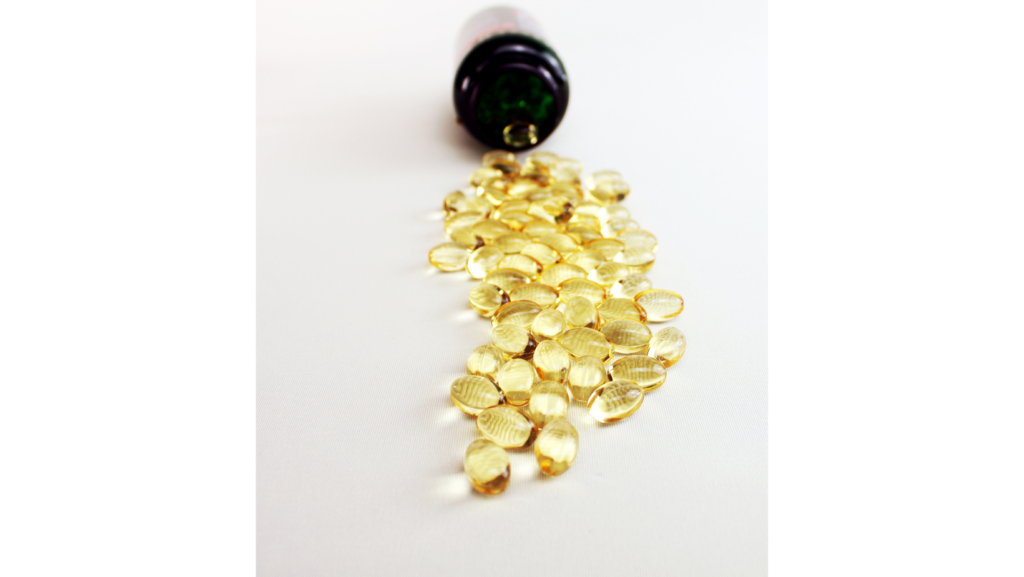Melatonin has grown in popularity as a dietary supplement, most notably as a chronobiotic and for promoting healthy sleep.

Melatonin has received increased attention in recent years due to its capacity to operate as a strong antioxidant, immune-active agent, and mitochondrial regulator.
Melatonin and vitamin D have profoundly similar effects on health in terms of both their breadth and depth. Both work as hormones, have immune-modulating and anti-inflammatory activities, are present in the skin, and are sensitive to light and darkness.
The widespread worry about vitamin D inadequacy as a “sunlight shortage” and the decreased melatonin release brought on by excessive exposure to artificial blue light as a “darkness deficiency” may even be related.
Worries about the safety of melatonin supplements have surfaced as a result toward increased use, particularly with regard to higher doses, prolonged use, and use in specific populations ike children.
What exactly is melatonin?
Melatonin is an intriguing substance all around. It is similar to vitamin D in that it has pleiotropic effect and is responsive to light-dark cycles.
Melatonin functions as a potent antioxidant that can penetrate the blood-brain barrier. It reduces inflammation, and interact with the gut flora, according to scientific research. Similar to how vitamin D might suggest whether or not someone has a “light shortage,” melatonin imbalance may clinically imply “darkness insufficiency.”
Melatonin has been misinterpreted as a sleep aid. Through its methods of action, it has been demonstrated to have systemic effects, potentially having a considerable effect on the aetiologies of numerous chronic diseases.
Uses of Melatonin:
Melatonin has been compared to vitamin D as well as being called “nature’s most adaptable biological signal” because its clinical uses go beyond sleep. It has been categorised in a variety of ways, from pineal hormone to amphiphilic antioxidant.
Also, melatonin is one of the most potent antioxidants found in the central nervous system because it is both water- and lipid-soluble. It is also known as “amphiphilic” and may effortlessly pass the selective blood-brain barrier.
Additionally, preliminary study suggests that it might help the glymphatic fluid actively remove metabolic waste, including amyloid accumulation.
Theoretically, using melatonin to help older persons with neurodegenerative disorders boost CSF and glymphatic fluid levels may be beneficial from a therapeutic standpoint. This idea is still in its infancy, though.
A persistent shift in sleep-wake times later than social norms, results in symptoms similar to insomnia, difficulties waking up in the morning, and excessive daytime sleepiness. This is known as delayed sleep-wake phase disorder.
The best way to treat this problem is with carefully timed melatonin, taking into account the preferred bedtime and waking time. An hour before the targeted bedtime, a low dose of melatonin (0.5 mg). This combined with behavioural techniques for four weeks, improved sleep efficiency during the first third of the night. Additionally, decreased subjective complaints in a randomised investigation of patients with delayed sleep-wake phase disorder.
Take away:
It is necessary to conduct more clinical studies to comprehend the effects of dietary melatonin intake, how gene variations and receptors affect it, how it is metabolised, what its metabolites are, and how it is measured in laboratories.
In terms of supplemental supplies, phytomelatonin may be more effective. This is because it provide a more sustainable, low-toxic choice than synthetic melatonin.
Lastly, appropriate melatonin levels can also be established by adopting lifestyle practises. This include getting enough sleep, getting enough light and darkness, and using less blue light at night.
Clinicians can develop dietary and lifestyle recommendations to maximise melatonin for their patients based on all these variables.